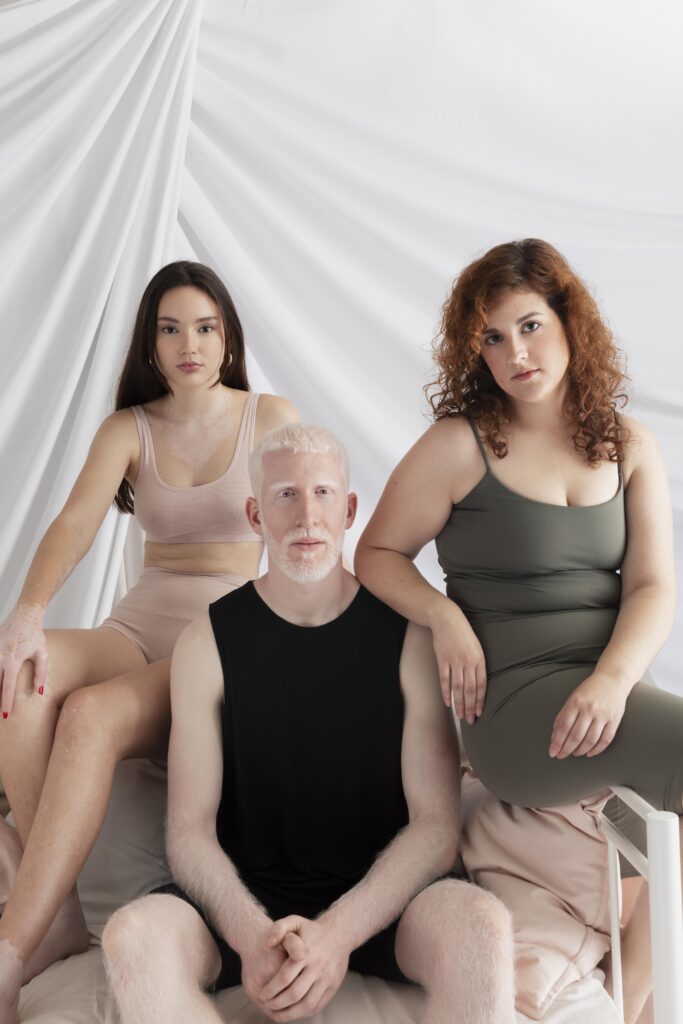Fashion is no longer constrained by traditional gender norms. The rise of gender-fluid and inclusive fashion reflects a broader cultural shift toward diversity and individuality. But what does this mean for the industry and its consumers? Let’s explore the impact, innovations, and future of inclusive fashion.
The Evolution of Gender-Fluid Fashion
Historically, fashion has reinforced gender norms. However, a growing movement advocates for clothing that transcends binary labels. Designers like Harris Reed and brands like Telfar have spearheaded this shift, creating collections that celebrate fluidity. According to Reed, “Fashion is about self-expression, not restriction by outdated stereotypes.”
Explore the rise of gender-fluid fashion in Vogue.
Inclusive Fashion: Breaking Barriers

- Size Inclusivity: Brands like Universal Standard and Savage X Fenty are setting new benchmarks by offering extended sizes that cater to all body types.
- Quote: “Inclusivity isn’t a trend; it’s a necessity,” says fashion consultant Amanda Richards.
- Adaptive Clothing: Tommy Hilfiger’s adaptive line demonstrates how fashion can accommodate people with disabilities without compromising style.
Learn about adaptive fashion’s impact in The Guardian. - Cultural Representation: Designers are embracing cultural heritage, incorporating traditional motifs and techniques into modern designs. This has empowered underrepresented communities to see themselves reflected in mainstream fashion.
Discover how cultural representation is reshaping the runway.
Challenges in Inclusive Fashion
- Cost of Production: Creating diverse size ranges and adaptive clothing can be expensive. Brands must balance affordability and quality.
- Representation: While progress has been made, more needs to be done to amplify diverse voices in leadership roles within the industry.
Conclusion
Gender-fluid and inclusive fashion is more than a movement—it’s a revolution. By prioritizing individuality and representation, the fashion industry is paving the way for a more equitable future. As Richards aptly notes, “Fashion should reflect the world we live in, not dictate who belongs.”
Further Reading

